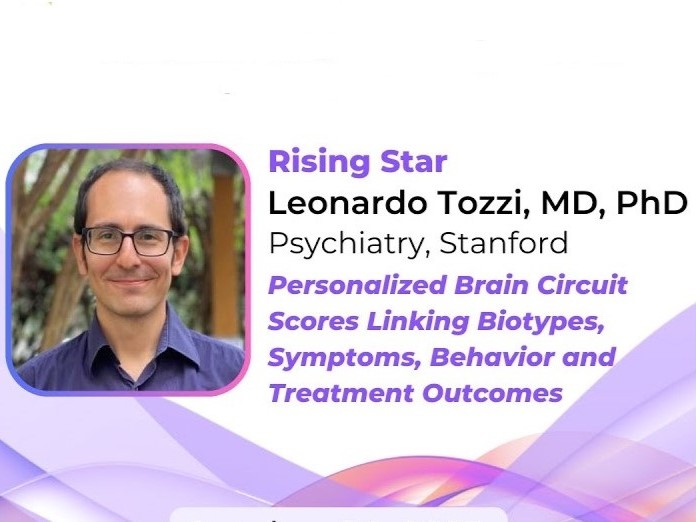
Depression is not just one, AI identifies 6 subtypes thanks to an Italian neuroscientist at Stanford

Depression is not just one: there are at least six different subtypes of it, involving distinct regions of the brain and responding differently to treatment. This was discovered by research that, with the help of artificial intelligence, examined brain MRI images of 800 patients.
The study, which paves the way for increasingly personalized treatments, is published in the journal Nature Medicine by an international team led by Italian neuroscientist Leonardo Tozzi at Stanford University in California.
The work represents "a demonstration of a personalized medicine approach to mental health based on objective measures of brain function," notes study coordinator Leanne M. Williams of Stanford University, who almost a decade ago, after losing her partner to depression, decided to focus her research on precision psychiatry. The goal is to find new methods to direct each patient to the most effective treatment path, given that to date 30 percent of depression cases do not respond to treatment, and two-thirds of those treated fail to achieve full recovery of quality of life.
Help is now coming from artificial intelligence applied to imaging. Researchers subjected 801 patients with depression or anxiety to a functional MRI of the brain in order to detect the activity of specific depression-related areas, both at rest and while performing certain tasks. The resulting images were examined with a machine learning algorithm that allowed them to be grouped into six different types.
Next, 250 study participants were randomly assigned to receive antidepressant medication or cognitive-behavioral therapy. It thus emerged that one subtype of depression, characterized by hyperactivity in cognitive regions of the brain, responded best to the antidepressant venlafaxine. Cognitive-behavioral therapy was more effective in another subtype of patients in whom the resting brain had higher levels of activity in three regions associated with depression and problem solving. In contrast, the least responsive to cognitive-behavioral therapy were patients belonging to a third subtype who at rest had lower levels of activity in the brain circuit that controls attention.
By identifying the depression subtype with MRI, the researchers were able to predict the likelihood of disease remission in 63% of cases versus 36% obtained without imaging.
You may be interested
-
'Phantom Limb': A Conversation With Dennis...
Dennis Palumbo is a thriller writer and psychotherapist in private practice. He's the auth...
-
“The Art of Bulgari: La Dolce Vita & Beyond,...
by Matthew Breen Fashion fans will be in for a treat this fall when the Fine Arts Museums...
-
13th Annual Galbani Italian Feast of San Gen...
In September of 2002, some of Los Angeles' most prominent Italian American citizens got to...
-
1st Annual Little Italy Cannoli Tournament
Little Italy San Jose will be hosting a single elimination Cannoli tournament to coincide...
-
Arnaldo Trabucco, celebrated medical practit...
Arnaldo Trabucco, MD, FACS is a leading urologist who received his medical training at ins...
-
Candice Guardino Brings GILDA AND MARGARETTE...
Candice Guardino is adding to her list of successful theatrical productions with the debut...
-
Exciting Palatine. Interview with Clementina...
You can tell she fills with excitement when she has the chance to show an important archae...
-
Festa Coloniale Italiana 2012
We are very excited to announce that on Saturday, August 11, The San Francisco Italian Ath...













